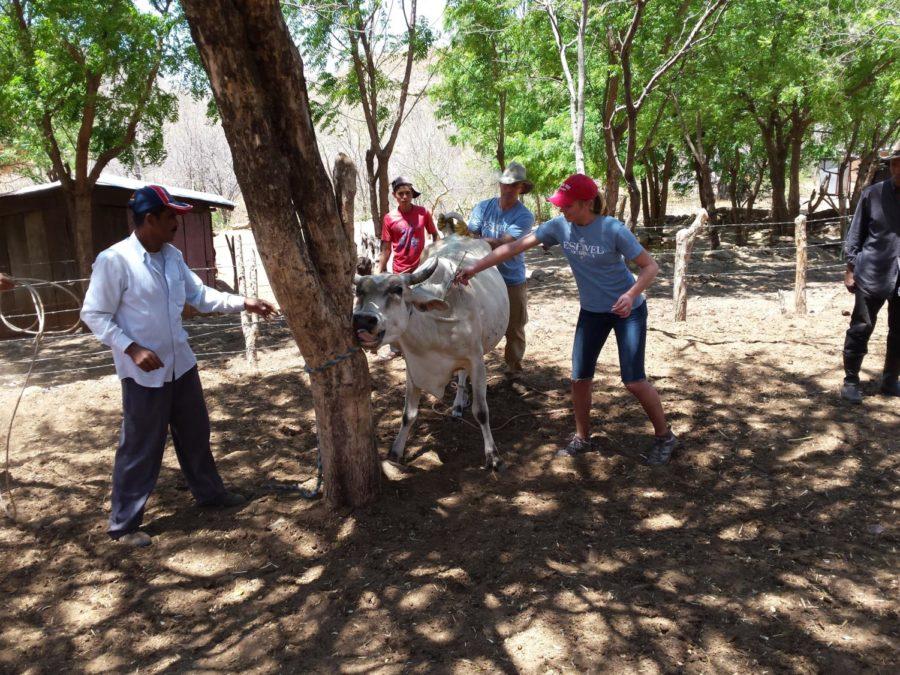Vet Med researchers find new discoveries in cattle foot disease
April 4, 2016
An article recently published by Iowa State’s College of Veterinary Medicine discussed a disease that is the leading cause of lameness in cattle. Lameness is a clinical sign of a more severe disorder that results in a disturbance in the ability to move the body about, typically in response to pain, injury or abnormal anatomy.
Paul Plummer, assistant professor of veterinary diagnostic and production animal medicine, researched the disease, bovine digital dermatitis, with a team of others. The group published an article in the Journal of Dairy Science earlier this year titled “Digital dermatitis: Natural lesion progression and regression in Holstein dairy cattle over 3 years.”
This disease is found primarily in dairy cows, but has been found in beef cattle as well. Cows with this disease experience painful lesions on the bottom of their hoof. The lesions may appear initially as a raw, red, oval ulcer on the back of the heel, according to an article in “The Western Producer,” a weekly agricultural trade publication.
“These raw skin lesions are incredibly painful, and cows will dramatically alter their gait and posture to avoid putting pressure on them,” said John Campbell, head of Large Animal Clinical Sciences at the University of Saskatchewan’s Western College of Veterinary Medicine. “Animals will walk on their toes because the lesion is usually at the heel, which may cause the hoof on the heels to overgrow.”
The College of Veterinary Medicine has taken an interest in this disease during the past few years.
“It is a very important issue for the dairy cattle industry and has been for some time,” said Plummer. “As the leading cause of lameness, it impacts animal welfare as well as productivity. Our research team’s goal is to address issues of importance to the industry that allow us to improve animal health and welfare. As the disease has recently become more important on the beef cattle side, these same issues apply and fit well.”
The disease has been growing in recent years, and although there is no known reason why, Plummer said it likely has to do with increased movement of animals between farms.
ISU researchers ran a study that focused on the hooves of 60 cows at the Iowa State Dairy Farm. During the three-year study, researchers took photos of each cow’s hooves. Once a lesion was found they would compare patterns to the other photos.
The team has discovered through results from its research that the disease is not passed from lesion to lesion.
“The current data suggests that the infected cows act as the primary reservoir for the organism, but that passage through environmental contamination is possible,” Plummer said. “Some farms seem to have remained disease free by controlling movement of animals into the farm and assuring no positive animals are purchased.”
Plummer and other ISU researchers have been working on the disease for the past six years and plan to keep learning until they know how to better control it.
















